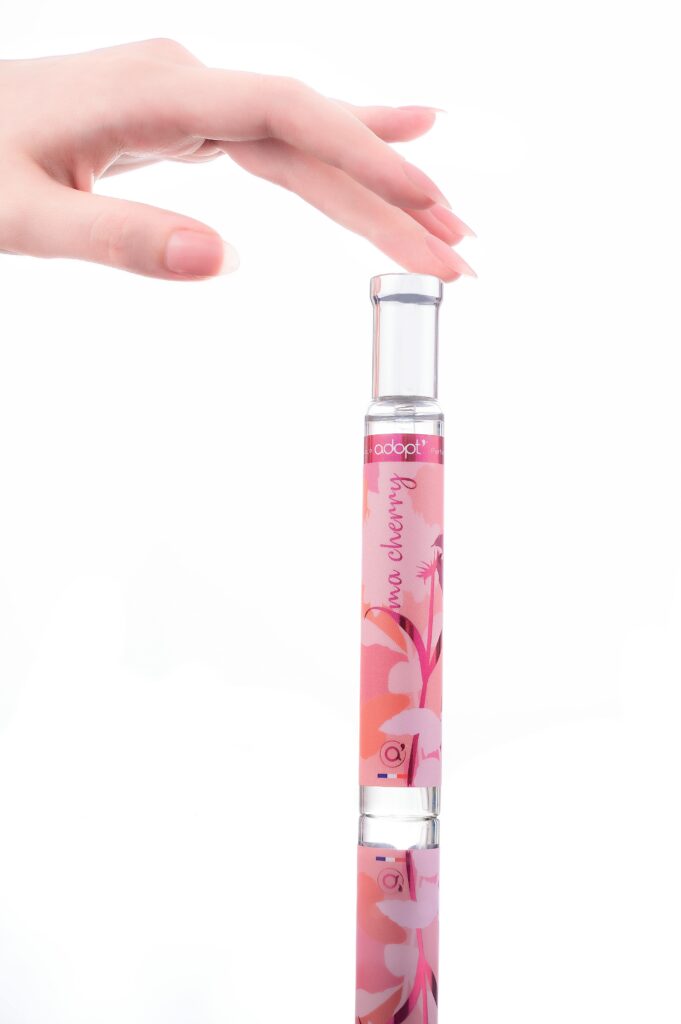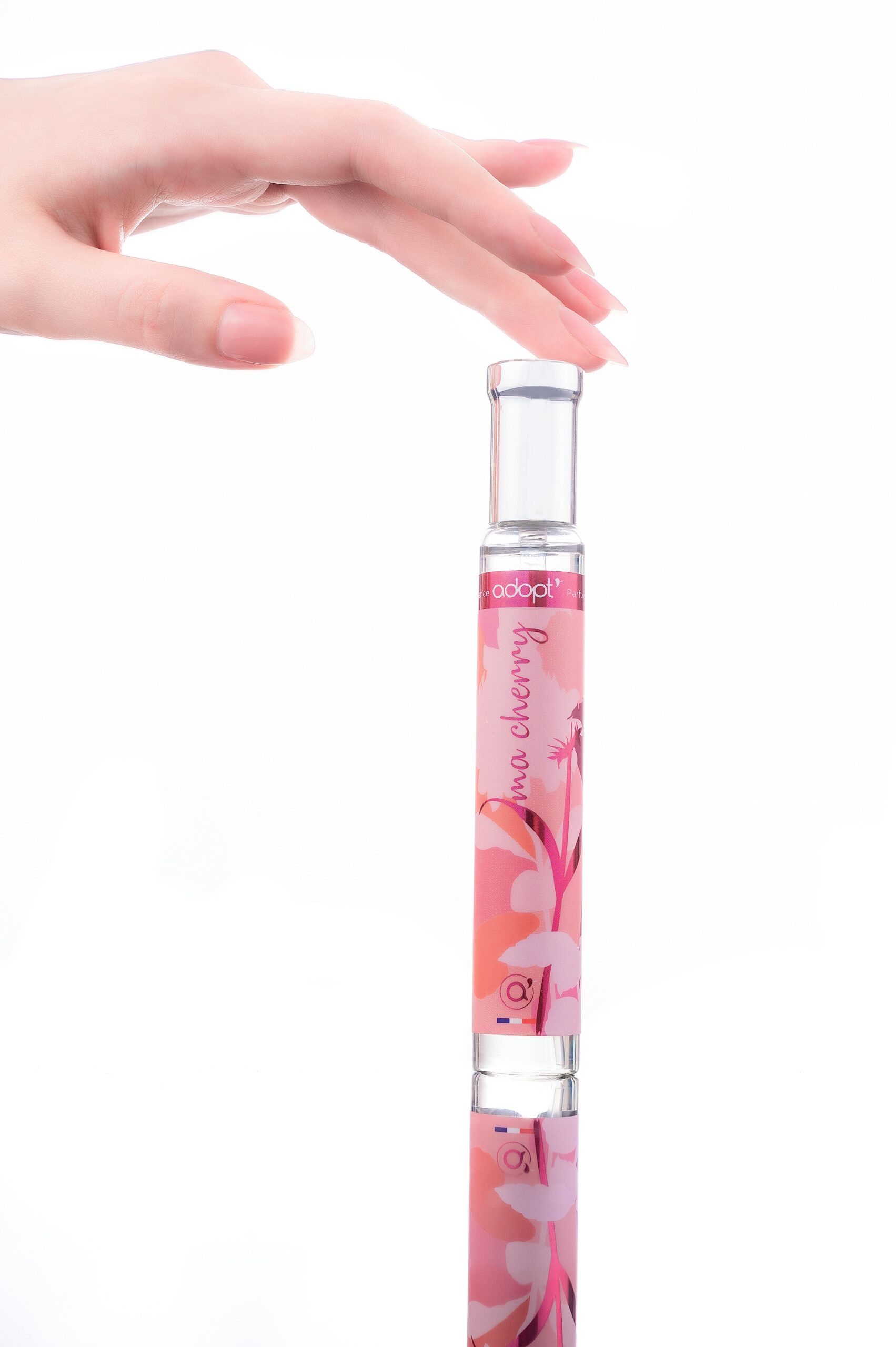Have you ever wondered about the intriguing allure of amber in the world of perfumery? Its presence in fragrances provides not only warmth but also a profound depth that is both captivating and enchanting. The use of amber in perfumery is a fascinating subject, rich with history and brimming with olfactory elegance.
Understanding Amber: More Than Just a Stone
Most people think of amber as a fossilized tree resin encasing ancient flora and fauna, but in perfumery, it has a slightly different connotation. In fragrances, “amber” refers to a certain scent profile, often created using a blend of ingredients that mimic the warm, sweet, and sometimes woody aroma traditionally attributed to ambergris, a highly prized substance in fragrances.
The Origins of “Amber” Fragrance
Originally, the notion of amber in perfumery was tied to ambergris, a substance produced within the digestive system of sperm whales. Ambergris has been treasured for its unique scent and rarity. However, due to ethical and environmental concerns around sourcing ambergris, perfumers have devised synthetic versions of amber that capture its essence without the need for whale-derived material.
Synthetic vs. Natural Amber
Synthetic amber is typically produced using a combination of lab-created vanillin, labdanum, benzoin, and other resins and compounds. The goal is to replicate the natural warmth and richness of ambergris. Natural equivalents such as labdanum and benzoin are derived from plant sources and offer an environmentally friendly alternative to the original whale source.
| Type of Amber | Description | Primary Sources |
|---|---|---|
| Ambergris | A rare compound found in whale digestive systems. Its scent profile embodies marine, earthy, and sweet notes. | Whales (ethically limited use) |
| Synthetic Amber | Created using a mix of compounds like vanillin and bench-worthy resins to mimic the scent of natural amber. | Laboratory settings |
| Natural Resins | Includes resources like labdanum and benzoin, offering a similar profile without animal origin. | Various plant sources |
Historical Significance of Amber in Fragrance
Amber has been a prized component in perfumery for centuries, offering a glimpse into the rich olfactory traditions of ancient civilizations. Its use is well documented in various cultures, where it was valued not just for its aromatic qualities but also for its supposed magical and medicinal properties.
Ancient Civilizations and Amber
From Ancient Egypt to the Roman Empire, amber and amber-scented products were treasured commodities. In Egypt, amber resins were used in the embalming process and in incense that was burned to calm deities. Similarly, the Romans used amber in perfumes to create opulent scents that highlighted their wealth and sophistication.
Evolution of Amber’s Role Through the Ages
As the centuries rolled by, the use of amber saw evolutions in its applications and methods of extraction. The Age of Exploration brought about new trading routes, and amber’s influence spread even further, securing its place in European perfumery. The secret recipes of amber-based fragrances became cherished possessions among the nobility, closely guarded and passed down through generations.

The Perfume-Maker’s Palette: Incorporating Amber
For modern perfumers, amber offers a versatile palette to explore aromatic combinations. It is often used as a base note, the backbone of a fragrance, which allows it to linger on the skin for hours. Its depth ensures a perfume has a complete feel, serving as a perfect anchor for more volatile top notes.
Why Performers Love Amber
The reasons for amber’s enduring presence in perfumery are both practical and aesthetic. Amber provides a naturally sweet base that can smooth over harsh edges and meld disparate ingredients into a harmonious blend. Its warmth is especially cherished in cold-weather fragrances, adding a cozy, enveloping quality.
Creating Depth with Amber Accords
An amber accord is a blend designed to replicate the rich aroma of amber. It usually involves a combination of vanilla, labdanum, benzoin, and styrax. This blend creates a warm, powdery scent that enriches the fragrance, giving depth and resilience to the overall composition.
The Allure of Amber Scents: A Sensory Experience
Experiencing an amber scent is akin to wrapping oneself in a luxurious, warm blanket. It can transport you to different worlds and evoke emotions ranging from comfort to exotic intrigue. This sensory journey is why many people are drawn to fragrances with prominent amber notes.
How Amber Evokes Emotion
The ability of amber to evoke warmth and comfort is rooted in our olfactory memory. Scents tied to pleasant memories play a significant role in how we perceive fragrances. Amber’s cozy profile can conjure nostalgia, reminding us of moments spent in comforting environments.
The Versatility of Amber in Fragrances
Amber is remarkably versatile, catering to diverse scent preferences. It can be paired with floral notes for a balanced bouquet or with spicy and woody aromas for a fragrance that exudes sensuality and depth. This adaptability makes amber an essential component for both niche and mainstream perfumes.

Choosing an Amber Fragrance: Factors to Consider
When selecting an amber fragrance, several factors can enhance your choice and satisfaction. Personal taste, the occasion, ingredient preferences, and even skin chemistry play vital roles in how a fragrance will be perceived.
Identifying Your Fragrance Profile
Understanding your own scent preferences is crucial when choosing a fragrance. Are you drawn to sweet, spicy, woody, or floral notes? Amber can complement all these profiles, so identifying your preference is a good starting point.
Testing and Sampling
Testing perfumes before buying them can help you understand how a fragrance interacts with your skin chemistry. What initially smells fantastic in the bottle may transform differently when worn on the skin, where personal chemistry can alter a fragrance’s aroma.
Considering the Occasion
While amber is versatile, it’s worthwhile to consider the occasion for which you’re wearing the fragrance. Some amber perfumes are more suited to evening wear and offer a richer, more opulent option, whereas others are lighter and suitable for daily wear.
Innovations and Future Directions for Amber in Perfumery
Perfumery is an ever-evolving industry with constant innovations that push the boundaries of what is olfactory possible. Amber continues to inspire perfumers to develop novel interpretations of its classic aroma.
Sustainable Amber Innovations
With sustainability becoming a focal point in perfumery, efforts are underway to develop eco-friendly methods of crafting synthetic amber. These efforts ensure that while traditions are upheld, they do not compromise environmental ethics.
Emerging Trends: Amber in Niche Markets
Niche perfumery is gaining traction, with amber playing a critical role in new, creative fragrance compositions. Amber-centric perfumes with unexpected pairings—like gourmand notes or unusual contrastive elements—are becoming popular among those seeking unique, personal scents.

Conclusion: Why Amber Matters
Amber’s indispensable role in perfumery, with its unparalleled warmth and depth, bolsters both the art and industry of fragrance creation. Whether as a blooming top note in a new-age blend or a classic base note beloved through the ages, its capacity to evoke and allure remains timeless.
Understanding the role of amber not only enriches your appreciation for the craft of perfumery but also transforms the simple act of choosing a fragrance into a sensory journey enriched with history, art, and emotion. So the next time you consider a perfume, think about the long and fascinating journey of amber – its ancient roots, its synthetic innovations, and its magical ability to warm the heart to depths unknown.




